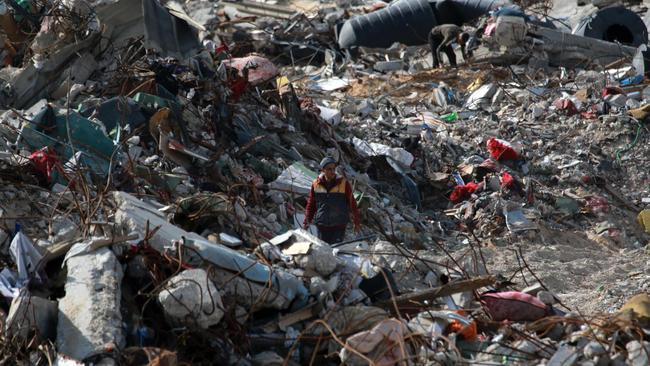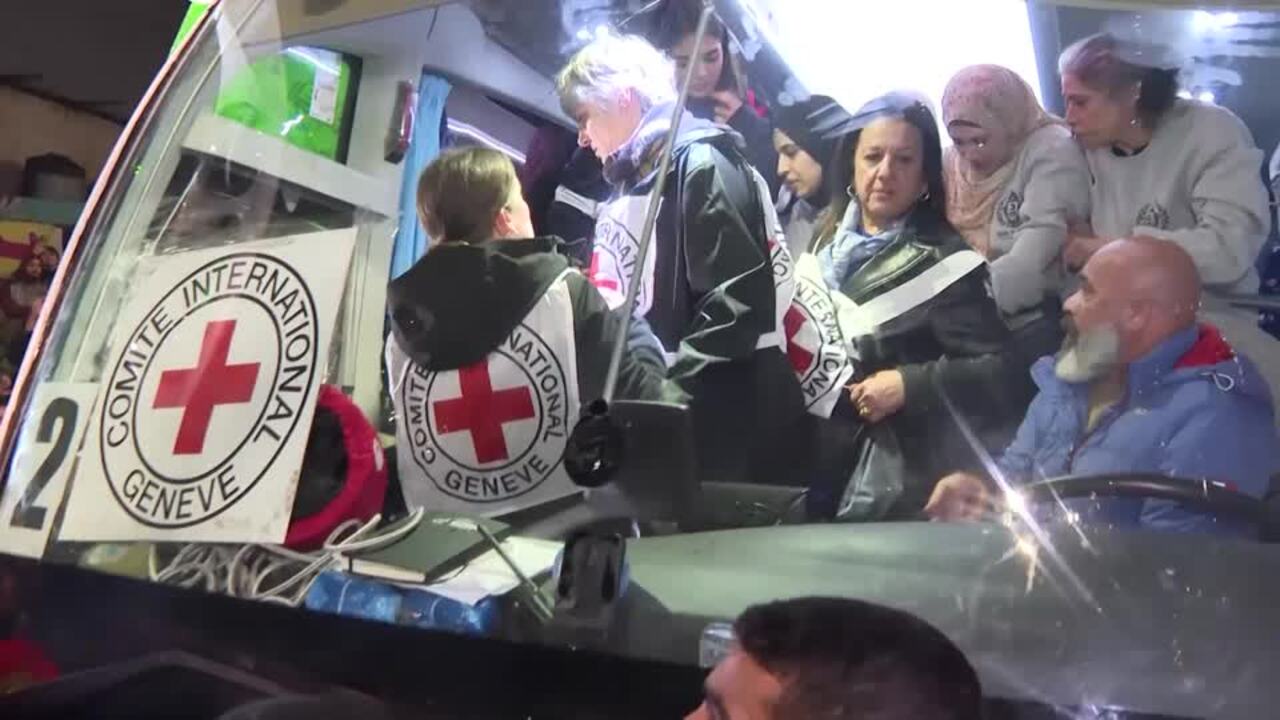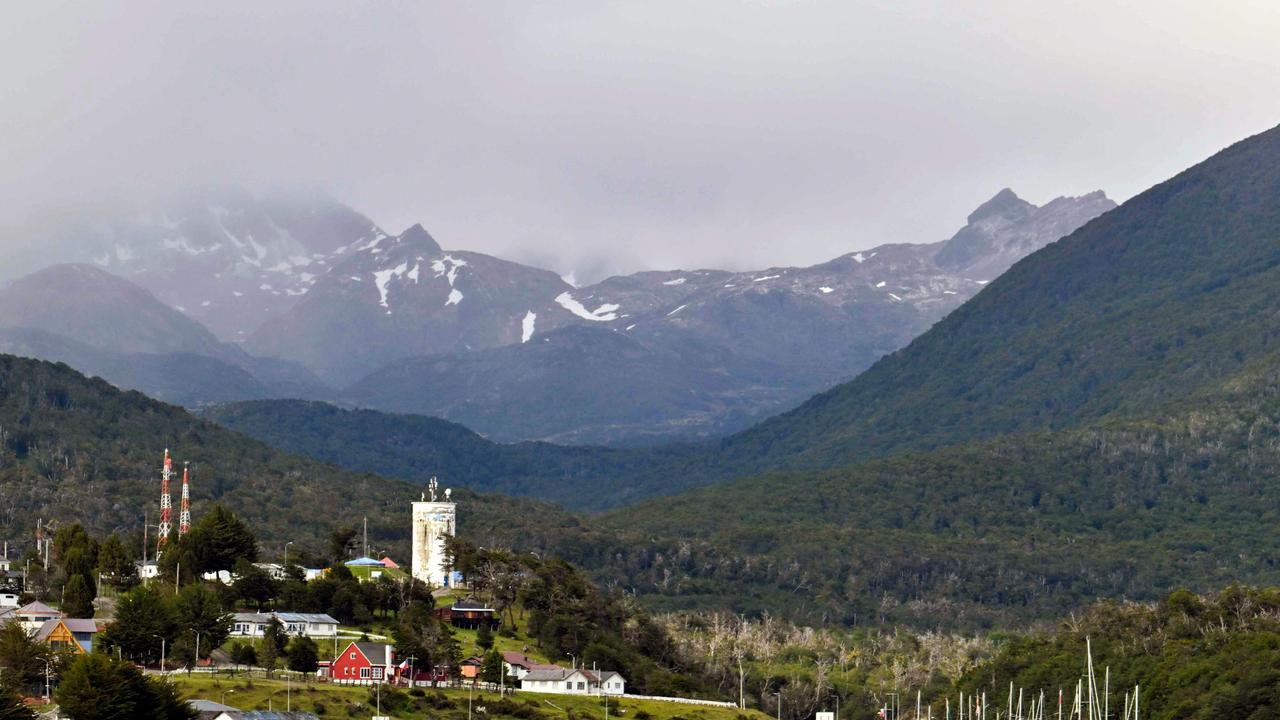Palestinians return home to rubble and the rotting bodies of loved ones
Thousands of Palestinians poured across the Gaza Strip on Monday, ready to face what was left of their crumbled homes after 15 months of war.

Thousands of Palestinians poured across the Gaza Strip on Monday, ready to face what was left of their crumbled homes after 15 months of war.
Even before the ceasefire officially took effect, many civilians began trekking through the wrecked territory, some hauling their meagre belongings on old donkey carts.
In Gaza’s southern city of Rafah, residents returned to find massive destruction across the city that was once a hub for displaced families fleeing Israel’s bombardment elsewhere. Some found human remains amid the rubble of houses and the streets.
“It’s an indescribable scene. It’s like you see in a Hollywood horror movie,” said Rafah resident Mohamed Abu Taha.
“Flattened houses, human remains, skulls and other body parts, in the street and in the rubble.”
He shared footage of piles of rubble that he said had been his family’s house. “I want to know how they destroyed our home.”
The families’ return to what’s left of their homes comes amid looming uncertainty about whether the ceasefire deal will bring more than a temporary halt to the fighting, who will govern the enclave, and how it will be rebuilt.

Not all families will be able to return home immediately. Under the terms of the deal, returning displaced people will only be able to cross the Netzarim corridor from south to north beginning seven days into the ceasefire. At that point, the agreement says, civilians would be allowed to cross into the north on foot without being searched, while a private company – to be agreed upon by Israel and the mediators – would search vehicles.
Those who do return may face a long wait to rebuild their houses.
The UN has said reconstruction could take more than 350 years if Gaza remains under an Israeli blockade. Using satellite data, the agency estimates last month that 69 per cent of the structures in Gaza have been damaged or destroyed, including more than 245,000 homes.
With more than 100 trucks working full time, it would take more than 15 years just to clear the rubble away.
“They’re returning to retrieve their loved ones under the rubble,” said Mohamed Mahdi, a displaced Palestinian and father of two. He was forced to leave his three-storey home in Gaza City’s southeastern Zaytoun neighbourhood a few months ago.
Mr Mahdi managed to reach his home, walking amid the rubble from western Gaza. On the road he said he saw the Hamas-run police force being deployed to the streets in Gaza City, helping people returning to their homes.
Despite the vast scale of the destruction and uncertain prospects for rebuilding, “people were celebrating”, he said. “They started clearing the streets and removing the rubble of their homes. They’ve waited for 15 months.”
Um Saber, a 48-year-old widow and mother of six, returned to her hometown of Beit Lahiya. She asked to be identified only by her honorific, meaning “mother of Saber”, out of safety concerns.
She said her family had found bodies in the street as they trekked home, some of which appeared to have been lying in the open for weeks.
When they reached Beit Lahiya, they found their home and much of the surrounding area reduced to rubble, she said. Some families immediately began digging through the debris in search of missing loved ones.
But for many families, the immediate relief overrode fears about the future.
“We will remain in a tent, but the difference is that the bleeding will stop, the fear will stop, and we will sleep reassured,” Majida Abu Jarad said from her family’s temporary lodging.
AP



To join the conversation, please log in. Don't have an account? Register
Join the conversation, you are commenting as Logout